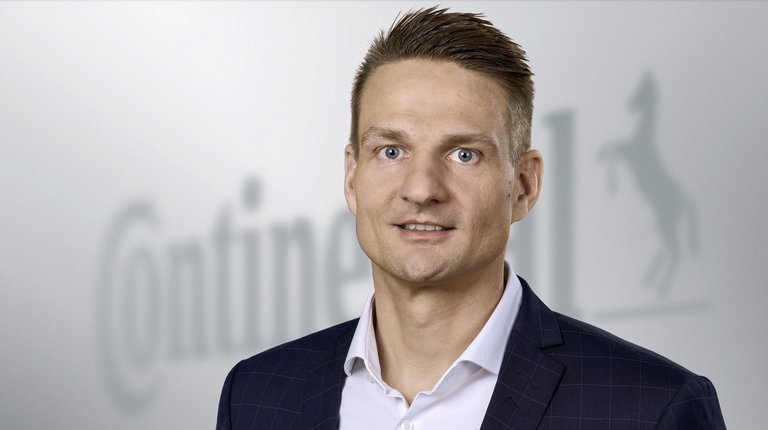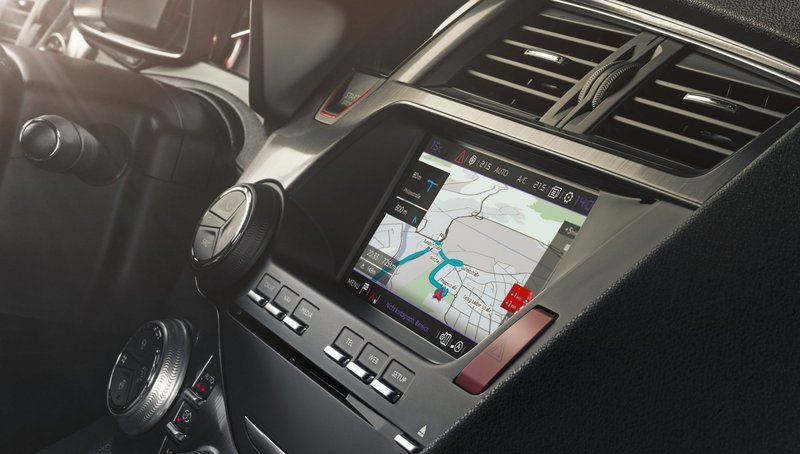Continental Infotainment Platform Available in Peugeot, Citroën and DS Models Worldwide
- With its Peugeot, Citroën, and DS brands, the PSA group is integrating a Continental-developed infotainment platform in a number of its latest models
- The Linux-based system offers features such as smartphone integration and navigation with live HD traffic news
- Human-machine dialogue is based on touchscreen, icon buttons, handwriting recognition, and voice control
- A range of additional functional enhancements for PSA Connect are already being developed
Wetzlar, November 28 2016. The French car company PSA group (Peugeot Société Anonyme) presented its models of the Peugeot, Citroën, and DS brands with a new infotainment system by Continental, which offers online services, as well as broad smartphone integration solutions, and is therefore aptly named "Connect".
The system uses the Linux open-source operating system and complies with the GENIVI software standard. “We are a key member of the GENIVI Alliance and therefore especially pleased to implement this GENIVI-compliant system in production and to advance the level of standardization for in-car infotainment,” says Johann Hiebl, head of Continental’s Infotainment & Connectivity business unit.
The "Always On" vision of the company is particularly clear here as the connected head unit provides the driver with a variety of current online services including live traffic information, weather forecasts, parking information, and fuel prices. These services are embedded in the navigation system from the supplier TomTom, which factors in the current traffic situation at all times in route guidance and can use it to predict arrival time exactly.
However, navigation is not the only function, which uses the online connection of the infotainment system. Drivers and passengers can also use it as a wifi hotspot and connect their mobile devices to the head unit to stay connected throughout their journey. Inversely, the head unit can also use a mobile device's Internet connection (tethering) to guarantee a seamless cloud connection for the vehicle, in case it is not connected via an electronic data transmission system.
Alongside the online connection, secure smartphone connections also play an important role. The head unit already supports the most important integration mechanisms based on the mirroring principle, with Apple based CarPlay™ and Mirrorlink®. Further standards, such as Android Auto are due to follow in the next software releases. The driver can connect a smartphone via USB then comfortably use the touch screen of the Connect system to operate the phone. The Bluetooth phone connection allows the driver to make calls safely throughout the journey. Additional media sources such as personal media centers or Spotify can also be connected. Even playing videos is possible while parking.
The head unit entertainment offer is completed by a radio, which supports conventional FM alongside the digital standard DAB. The principle of seamless connectivity is continued here as well. If the vehicle goes into an area without DAB reception, the connected head unit automatically switches to the corresponding FM channel. This also works the other way around, but without any time lags, as the channels are played time-released to avoid a leap in the program of up to five seconds after the channel switch.
An intuitive human-machine interface design completes the new system. The driver can control the infotainment system using touch-screen, icon buttons, as well as steering wheel and voice controls. In the Chinese DPCA (Dongfeng Peugeot-Citroën Automobile) joint venture variation, the device can be operated using PinYin handwriting recognition.
Thanks to the PSA Connect's powerful processor, the head unit can also control multiple displays, rendering a more detailed navigation view for the secondary display to support the driver for example.
The functional range of the PSA Connect system will grow over the coming months. More features will be available with the next generation of software and vehicles. “For example, we are developing location-specific functions, known as location-based services, for different markets. In addition, in future the system will be more deeply integrated into the vehicle structure and will become the central information hub through links with interior cameras and dash cams,” explains Johann Hiebl.

Sebastian Fillenberg
Head of External Communications
Continental Automotive


